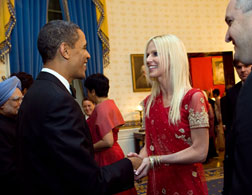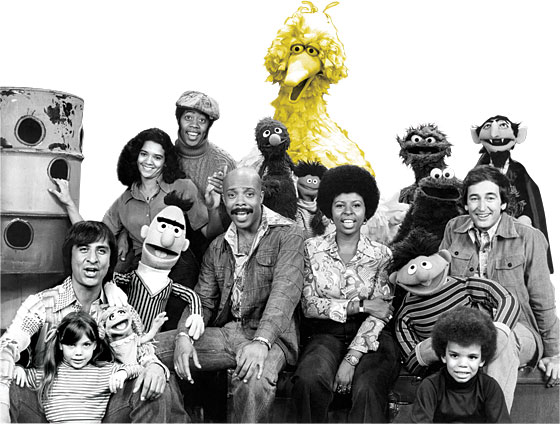
Almost only counts in horseshoes, etc.
by Corey Alderdice
I love alternate history stories.
Take Superman: Red Son for example. Instead of becoming a hero for truth, justice, and the American Way, the Man of Steel represents the ideals of Stalin and the Soviet Empire.
Sliders, The Twilight Zone, and a host of other TV shows and movies have documented novel “what if?” scenarios in which changes both grand and small affect the world we know today. Heck, even J. J. Abrahm’s 2009 Star Trek reboot was an elaborate exercise in alternative history. What was particularly interesting about the film, and so many of these stories, is that while it breaks away to create something new, there are numerous instances where authors go out of their way to mirror the actual timeline.
Newsweek and Facebook, as part of their Decade in Rewind series, has a interesting look at what the last several years might have looked like if Al Gore had been elected President in 2000. The oral history touches on the people, places, and events that were immutable in the last decade, though often spins said events in a new direction. After a bitterly divisive election and a few missteps, Gore uses the bulk of his political clout and budget surplus to move forward with his environmental efforts.
May 2003: In excess of 670 miles of wetland are restored along the Eastern Seaboard and the Gulf Coast. To announce the successful completion of the initiative, the president holds a ceremony on the deck of a solar-powered casino boat in the Biloxi harbor, standing before a banner that reads “Mission Accomplished.” It is roundly ridiculed.
“He plants some grass in the mud and prances around in front of a banner? Gimme a break. This isn’t leadership it’s toilet training.”
—Bill O’Reilly, The O’Reilly Factor, May 27, 2003.
“Dear Mr. President, we elected a nerd. Please stop being a dork.”
—MoveOn.Org billboard, San Francisco.
The story plays out in a very interesting way. At what point does it deviate from expectations? What points are completely implausible? What would you have liked to see? Would Al Gore have been the ultimate Nerd President? Was the author borrowing heavily from a series of West Wing scripts?
We’d like your thoughts on David Rakoff’s piece of speculative fiction.
Update: Newsweek continues the fiction today with a less sunny recap of the Gore years.
 Most pictures of North Korea’s revered leader Kim Jong-Il show him looking at things. Whether it be on a tour of the country’s military outposts, economic facilities, or during a meeting with top diplomats of other nations, Kim Jong-Il is always looking at something.
Most pictures of North Korea’s revered leader Kim Jong-Il show him looking at things. Whether it be on a tour of the country’s military outposts, economic facilities, or during a meeting with top diplomats of other nations, Kim Jong-Il is always looking at something.

 Andy Charrier, the extemp and debate coach at Lakeville South High School in Minnesota,
Andy Charrier, the extemp and debate coach at Lakeville South High School in Minnesota, 




 by Corey Alderdice
by Corey Alderdice
 by Corey Alderdice
by Corey Alderdice